
Blog
How to Choose the Right Disposable Food Containers for Your Needs
In today's fast-paced world, the convenience of disposable food containers has become an essential aspect of meal preparation and storage. Whether you're packing lunch for work, organizing a picnic, or planning a catering event, selecting the right disposable food containers is key to maintaining food quality and ensuring ease of use. With various materials, sizes, and designs available on the market, making an informed choice can seem overwhelming. This guide aims to simplify the decision-making process by outlining the crucial factors to consider, such as food type, safety standards, and environmental impact. Understanding these elements will help you select disposable food containers that not only meet your needs but also support sustainable practices. Embrace the world of convenience without compromising on quality by learning how to choose the right disposable food containers tailored specifically for your requirements.
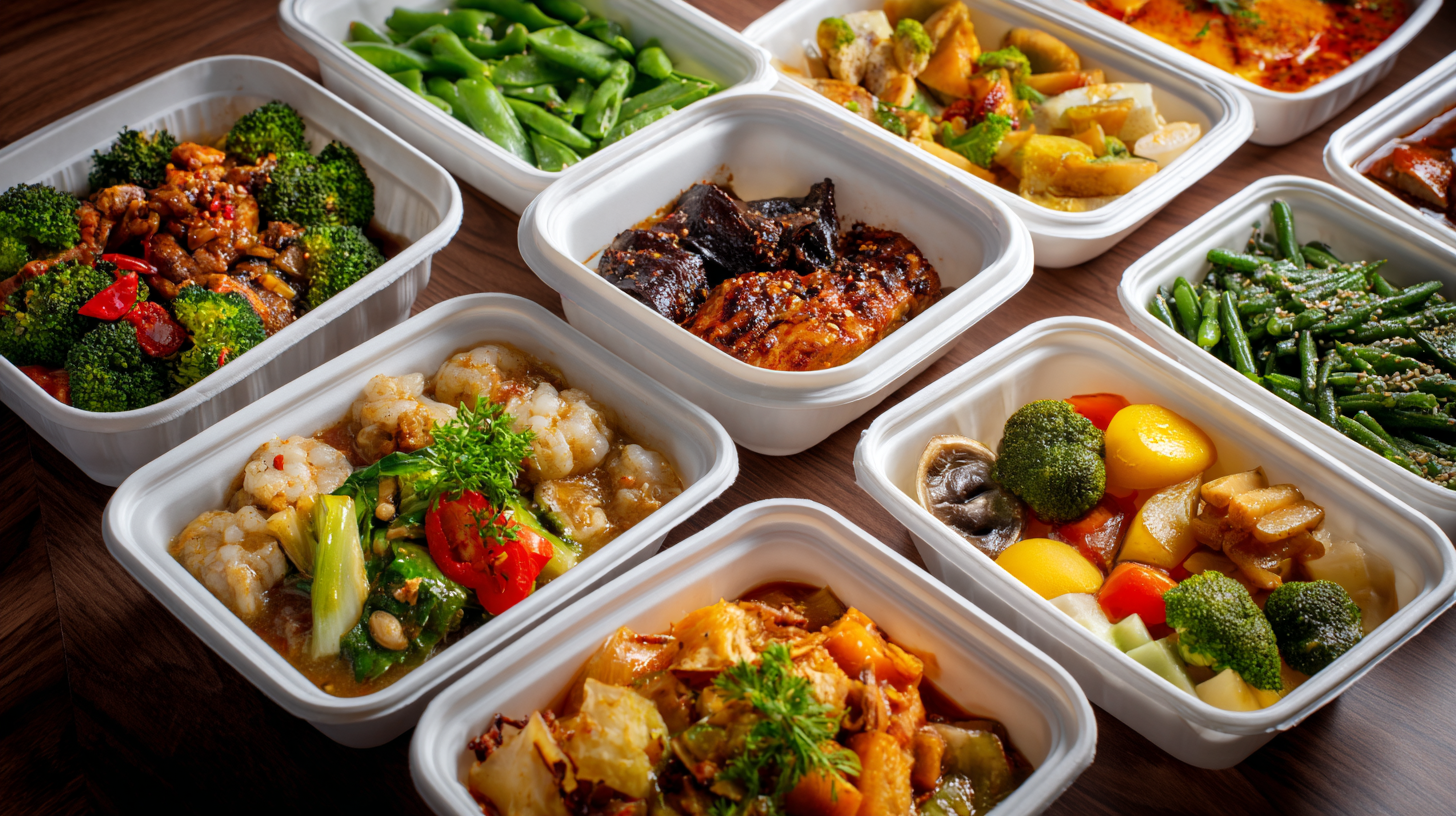
Understanding Different Types of Disposable Food Containers Available on the Market
When selecting disposable food containers, it's essential to understand the various types available to meet your needs effectively. Common materials include plastic, paper, and foam. Plastic containers are versatile, often microwave-safe, and come in various sizes, making them ideal for a range of foods. Paper containers are biodegradable and great for takeout, particularly for dry or light dishes. On the other hand, foam containers provide excellent insulation, making them suitable for hot meals but are less eco-friendly.
Tips: When choosing your containers, consider the food type you'll store or transport. For wet foods like soups or sauces, opt for leak-proof plastic or foam options to avoid spills. For storing salads or foods that require ventilation, select paper containers with breathable designs. Always check the specifications for microwave and freezer compatibility to ensure they meet your specific temperature needs.
Evaluating Material Options: Plastic, Paper, and Biodegradable Choices
When choosing disposable food containers, it’s essential to evaluate the materials available, which typically include plastic, paper, and biodegradable options. Plastic containers are known for their durability and versatility. They can be used for both hot and cold items and are generally microwave-safe. However, one must consider their environmental impact as many plastics are not biodegradable and contribute to pollution.
Paper containers offer a more eco-friendly choice, often made from recycled materials. They are suitable for dry or semi-dry foods but may not hold up well with liquids unless specifically coated. This option is ideal for takeout orders or events catering to environmentally-conscious consumers.
**Tips:** When selecting containers, assess your needs carefully. For hot dishes, ensure the material can withstand heat without compromising food quality. If you're aiming for sustainability, look for containers labeled "biodegradable" or "compostable." Additionally, consider the storage and stacking capabilities of each option to maximize efficiency in transportation and space.
Material Options for Disposable Food Containers
Sizing and Capacity: Choosing Containers that Fit Your Portion Needs
Choosing the right disposable food containers involves understanding various factors, with sizing and capacity being paramount for meeting your portion needs. Industry reports indicate that over 40% of consumers prefer single-serving sizes to manage portion control, making it crucial for food businesses to provide appropriately sized containers. For example, a study by Packaging Strategies revealed that 64% of customers are more likely to purchase takeout when portion sizes align with their dietary goals.
When selecting containers, it’s essential to consider the type of food being stored as well. According to a report by Freedonia Group, larger capacity containers (24 ounces and above) are favored for bulk items like salads and pasta, while smaller containers (8 to 12 ounces) work well for side dishes and snacks. Understanding the preferred portion sizes of your customer base, along with the material of the container, can significantly impact consumer satisfaction and reduce food waste. Therefore, accurate sizing plays a key role in enhancing the overall dining experience.
Assessing Functionality: Lids, Ventilation, and Microwave Compatibility
When selecting disposable food containers, functionality is key to ensuring that they meet your specific needs. One crucial feature to consider is the presence of lids. A well-fitting lid not only prevents spills and contamination but also helps in retaining the freshness of the food. Look for containers that have secure closures to keep contents safe during transport. Additionally, consider whether the lid is designed for ease of stacking or if it comes with compartments for separating different items.
Another important aspect to assess is ventilation. Certain dishes, particularly those that require reheating, benefit from containers with venting options. These allow steam to escape, preventing pressure buildup that can cause messes in the microwave. If you frequently heat your meals, choose containers with microwave-safe vents to enhance convenience and safety.
Tips: Always check for microwave compatibility on the packaging. Some materials may not withstand high temperatures, which can lead to melting or chemical leach. Additionally, consider the size and shape of the containers; opt for those that fit well in your refrigerator or lunch bag. Lastly, think about the intended use—whether for meal prep, leftovers, or takeout—and choose accordingly to maximize utility.
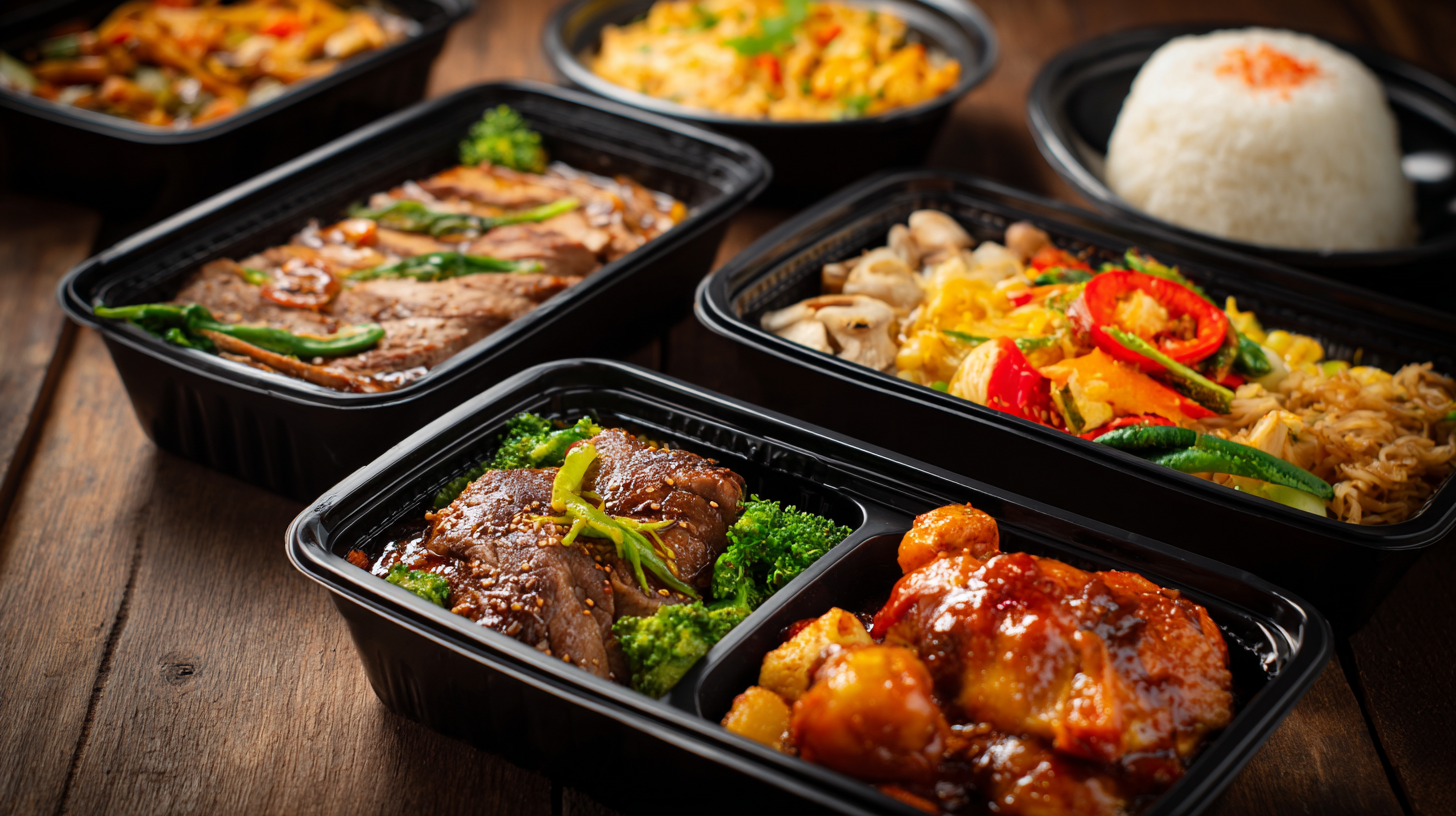
Budget Considerations: Finding Affordable Yet Quality Disposable Solutions
When choosing disposable food containers, budget considerations play a crucial role in determining the best options for your needs. With the increasing focus on high-quality economic development, finding affordable yet quality disposable solutions can help businesses and consumers alike manage their finances effectively while still ensuring safety and functionality. The market offers a variety of containers that balance cost with quality, which is especially important in today’s economic climate where financial stability is a priority for many.
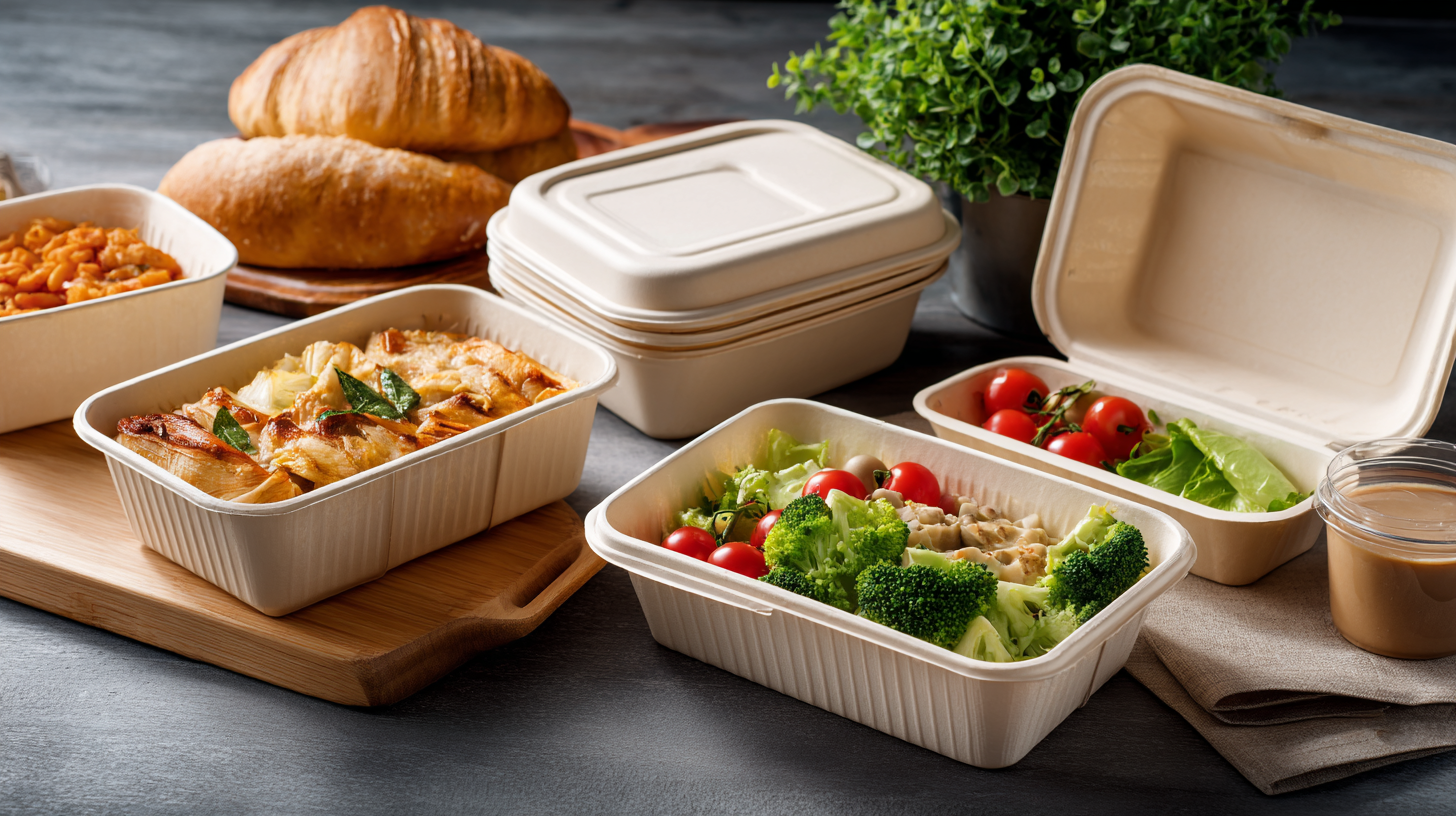
In a landscape influenced by demographic changes, such as an aging population and lower birth rates, finding sustainable and cost-effective solutions that cater to these shifts is essential. As local economies adapt and seek new revenue streams, businesses can benefit from investing in disposable food containers that not only meet their current needs but also anticipate future market demands. This strategic approach can help minimize waste and reduce costs, making it a wise consideration for both small and large operations.
Related Posts
-
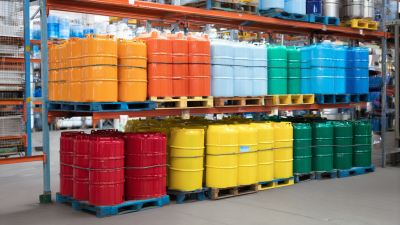
Ultimate Guide to Specifications of the Best Plastic Bulk Containers for Global Buyers
-

Unlocking Efficiency: The Top Benefits of Plastic Shipping Boxes for Your Business
-
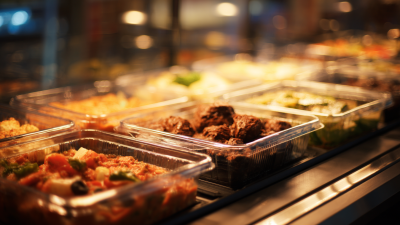
10 Best Reasons to Choose Plastic To Go Containers for Your Business
-

How to Select the Right Plastic Bulk Containers for Optimal Warehouse Efficiency
-
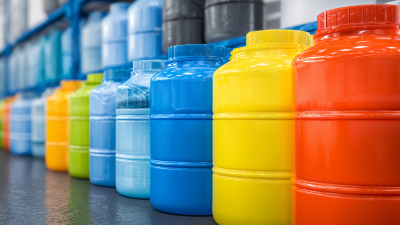
China's Commitment to Quality: The Rise of Best Plastic Gallon Containers on the Global Market
-

How to Choose the Right Plastic Bottles for Your Business Needs
